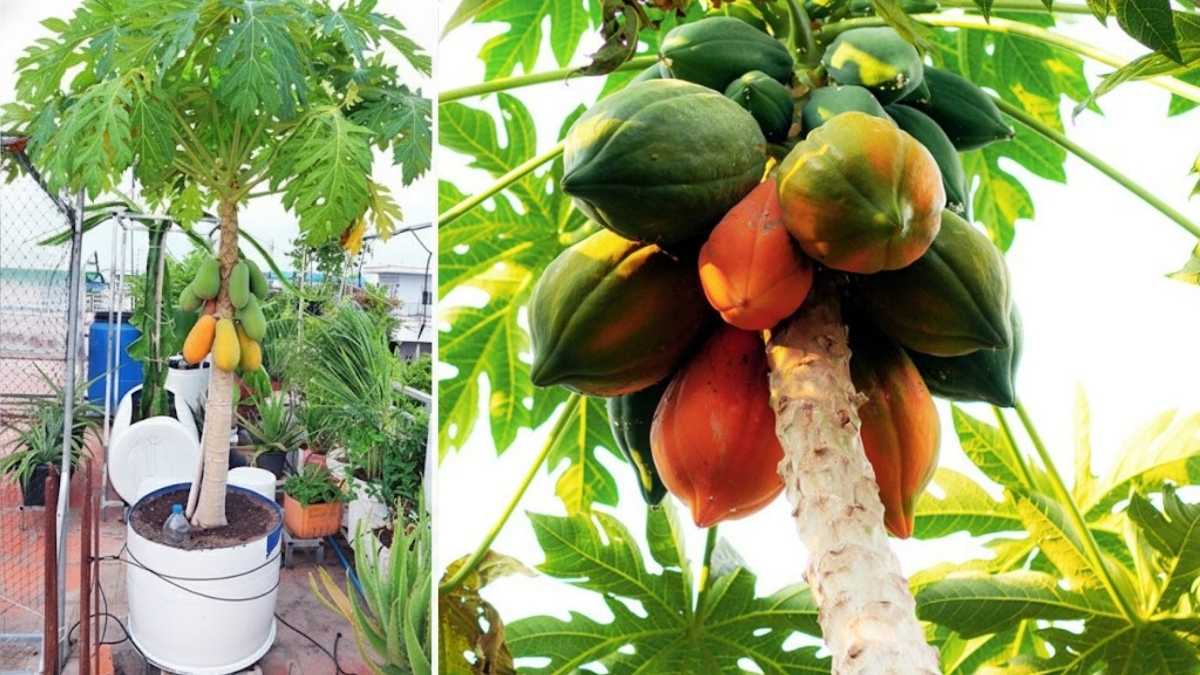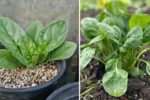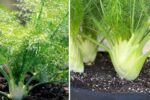Growing papayas at home can be one of the most satisfying gardening experiences. These tropical fruits, known for their soft texture and sweet flavor, not only taste delicious but also look beautiful with their large, green leaves. While papayas are commonly grown in warm gardens, it’s absolutely possible to cultivate them in containers at home, even if you have limited space. With patience, care, and the right setup, you can enjoy juicy, homegrown papayas straight from your balcony or terrace.
Understanding How to Grow Sweet Papayas
Papaya is a fast-growing tropical plant that thrives in warm, sunny conditions. It belongs to the Caricaceae family and grows best in regions where the temperature stays above 20°C. The tree produces fruits in less than a year if the growing conditions are right. Although papayas are usually planted directly in the ground, they can do surprisingly well in containers with a bit of planning.
Choosing the Right Variety
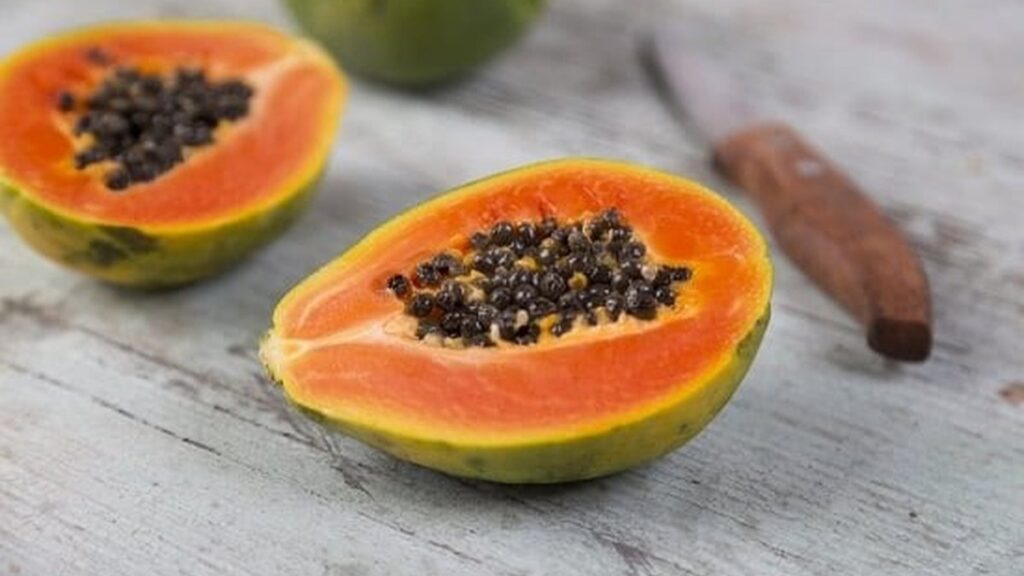
The first step is to select the right type of papaya for container growing. Dwarf and hybrid varieties are ideal because they don’t grow too tall and adapt well to limited space. Popular choices include Red Lady, Pusa Dwarf, and Solo. These varieties are known for their sweet fruits and high yield, even in pots.
When buying seeds or young plants, choose a trusted source to ensure healthy growth and disease resistance. High-quality seeds will give you a strong plant and better-tasting fruit.
Picking the Perfect Container
Papayas have long taproots, so they need deep containers to grow properly. Choose a pot that is at least 24 inches deep and around 20 inches wide. The material can be plastic, clay, or cement, as long as it has good drainage holes at the bottom. Good drainage prevents the roots from sitting in water, which can cause rot.
You can place a layer of small stones or broken pot pieces at the bottom before adding soil to improve drainage and air circulation.
Preparing the Ideal Soil Mix
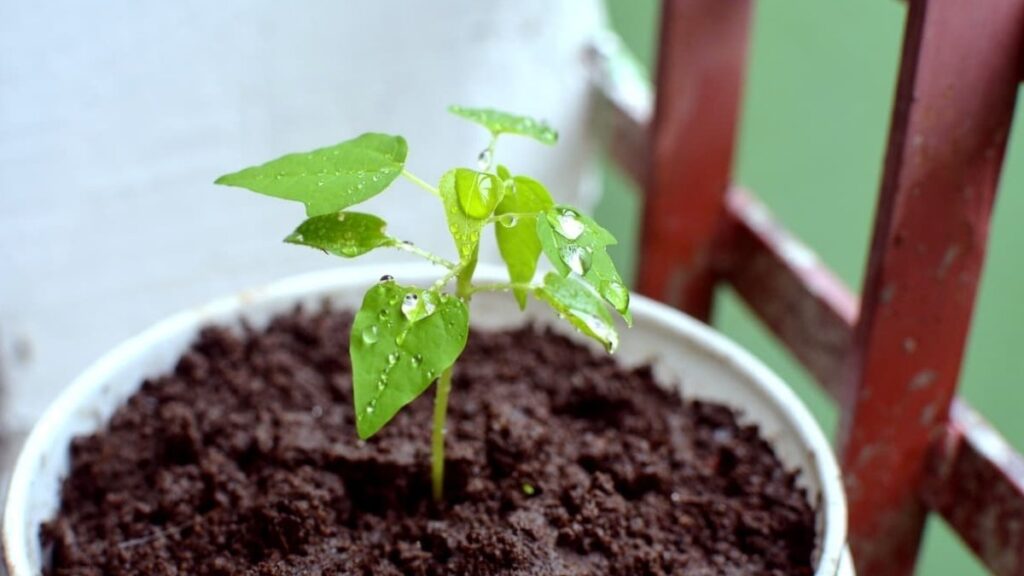
Papaya plants love light, well-draining soil that is rich in organic matter. A balanced mix provides the plant with both structure and nutrition. A good container soil blend can be made using:
- 40% garden soil
- 40% compost or cow dung manure
- 20% coarse sand or coco peat
Mix these thoroughly before filling the pot. You can also add a handful of neem cake or organic fertilizer to prevent pests and promote healthy root growth.
Planting the Seed
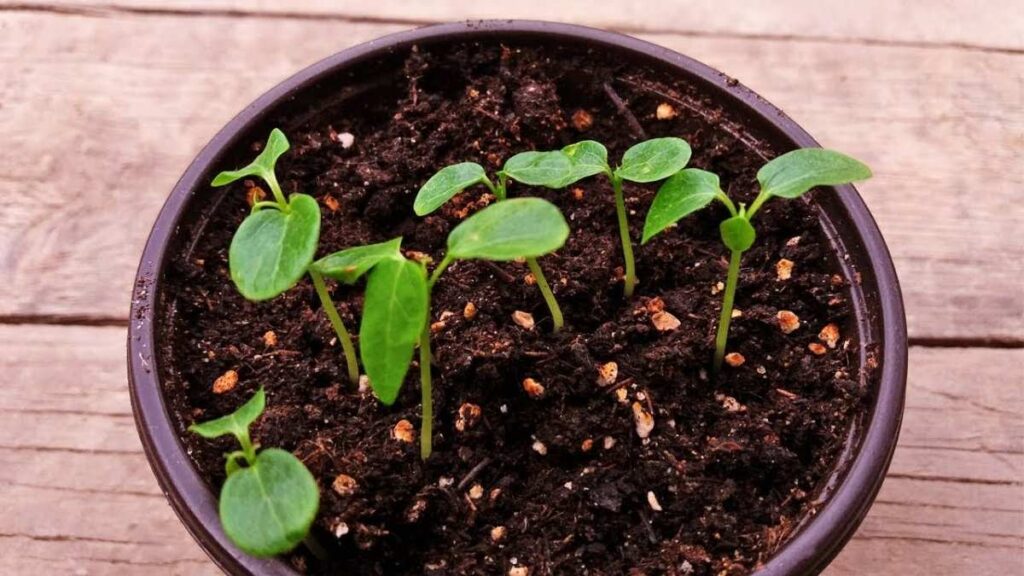
Growing papayas from seeds is simple. Take seeds from a ripe, healthy papaya fruit. Wash them well to remove the sticky layer and let them dry for a day or two. Once dry, plant two or three seeds about half an inch deep in the center of your pot.
Water gently after planting and keep the pot in a warm, sunny spot. The seeds usually germinate within 2 to 3 weeks. When the seedlings grow to about 6 to 8 inches, keep the healthiest one and remove the rest to allow proper space for development.
Sunlight and Temperature Needs
Papaya plants are sun lovers. They need at least 6 to 8 hours of direct sunlight each day to grow strong and produce sweet fruits. Place your container in a sunny area, such as a balcony, rooftop, or garden corner.
The ideal temperature range for papayas is between 22°C and 35°C. If you live in a cooler region, keep the plant indoors during winter or use a transparent cover to protect it from cold winds. Avoid placing the container in very windy areas, as the stem is soft and can easily bend or break.
Watering and Feeding
Papayas need consistent moisture but should never sit in waterlogged soil. Water deeply two or three times a week, depending on the weather. During summer, you may need to water more frequently, while in cooler months, less water is needed. Always check the top layer of soil; if it feels dry, it’s time to water.
For healthy growth, feed your papaya plant regularly. Apply organic compost or a balanced liquid fertilizer every month. Once the plant starts flowering, use a fertilizer richer in potassium and phosphorus to support fruit formation and sweetness. You can also mix in banana peel fertilizer or wood ash for natural potassium.
Supporting and Pruning the Plant
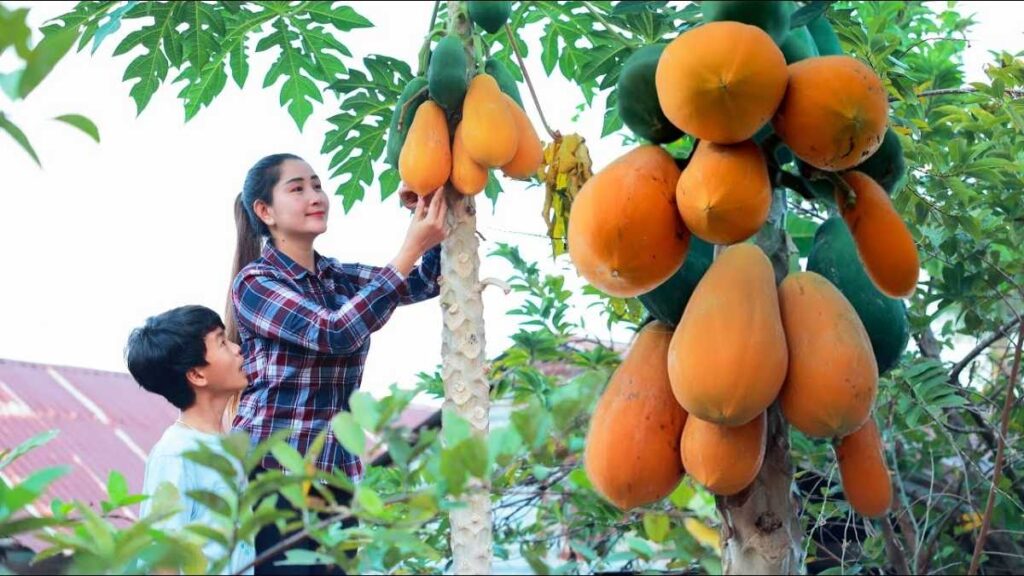
As the papaya plant grows taller, it may need some support to stay upright, especially in windy areas. You can tie the stem gently to a bamboo stick or wooden stake. Pruning is minimal for papayas, but removing yellow, dry, or damaged leaves helps keep the plant healthy and pest-free.
If the plant becomes too tall for your container, you can pinch the top to encourage side branches, which helps control height and improve stability.
Pollination for Fruit Set
Papaya plants can be male, female, or hermaphrodite. Hermaphrodite plants are self-pollinating and ideal for container gardening. However, if your plant produces only female flowers, you might need to help with pollination. You can do this by gently transferring pollen from a male flower to the center of a female flower using a small brush. This step improves fruit set and ensures better yield.
Common Problems and Solutions
Papayas can sometimes face problems like yellowing leaves, pest attacks, or fungal infections. Yellow leaves often mean too much water or poor drainage. Make sure excess water can easily drain from the pot.
Aphids, whiteflies, and mealybugs are common pests. You can spray the leaves with diluted neem oil once every two weeks to keep them away. Avoid watering late in the evening, as damp conditions at night can lead to fungal diseases.
Harvesting Sweet Papayas
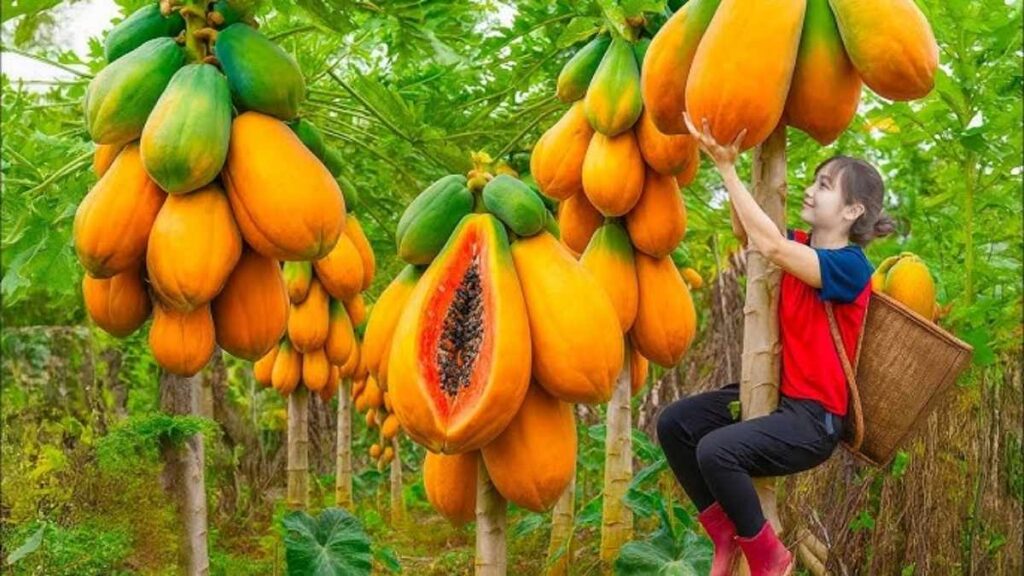
If grown properly, papaya plants in containers can start bearing fruits within 8 to 10 months. The fruits are ready to pick when the skin starts turning light yellow. Gently twist the fruit off the stem and let it ripen at room temperature for a few days before eating. Homegrown papayas are often sweeter and more aromatic than store-bought ones.
Tips for Sweeter Fruits
To enhance the sweetness of your papayas, ensure your plant gets full sunlight daily and avoid over-fertilizing with nitrogen once it starts fruiting. Organic compost, bone meal, and banana peels are great natural options for sweeter flavor. Consistent watering also helps the fruit develop evenly without bitterness.
Final Thoughts
Growing sweet papayas in containers at home is simple, rewarding, and ideal for gardeners with limited space. With just one healthy plant, you can enjoy a steady supply of fresh fruits for months. Whether on your terrace, balcony, or backyard, papayas bring tropical beauty and sweetness right to your home.
With care, patience, and a bit of love, you’ll soon be harvesting your own delicious papayas proof that even a small container can hold the taste of the tropics.
